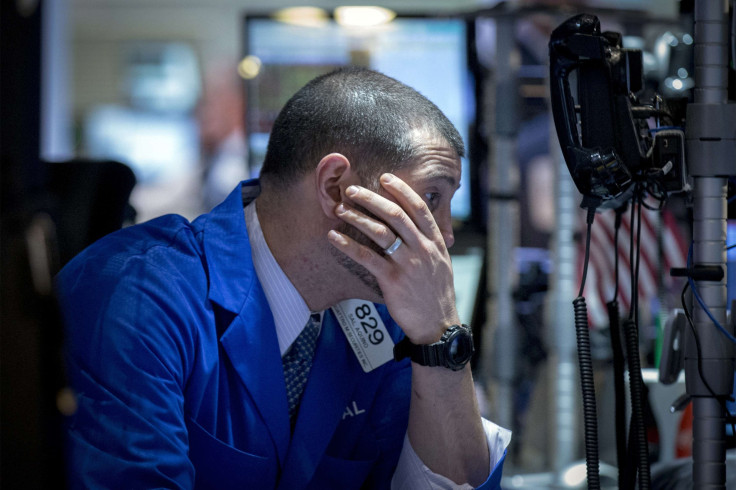Dow Jones Industrial Average Drops After US Economic Growth Cools In Q4

U.S. stocks traded lower early Friday after data indicated the national economy grew slower than previously estimated last quarter. Meanwhile, a separate report showed American consumer sentiment dipped from an 11-year high in February.
The Dow Jones Industrial Average, measuring the share prices of 30 large industrial companies, shed 20.97 points, or 0.12 percent, to 18,193.45. The S&P 500 stock index slid 0.84 points, or 0.04 percent, to 2,109.97. And the Nasdaq Composite slipped 6.10 points, or 0.12 percent, to 4,981.58.
Data showed the growth of U.S. gross domestic product, the broadest measure of goods and services produced across the national economy, was revised lower to an annualized 2.2 percent in the fourth quarter of last year, down from an initial estimate of 2.6 percent last month, the Commerce Department reported Friday. Economists had forecasted that real GDP grew at a seasonally adjusted annual rate of 2.1 percent last quarter, according to Reuters data.
The slowdown in GDP growth to 2.2 percent last quarter followed a 5 percent surge in the third quarter. The revision was largely caused by slower inventory accumulation, which is now estimated to have added only 0.1 percent to overall GDP growth, compared with 0.8 percent in the first estimate, according to Capital Economics.
Separately, U.S. consumer sentiment dipped from an 11-year high as the consumer sentiment index fell to 95.4 in February after rising to 98.1 in January, the University of Michigan’s final level for February showed Friday. However, February’s reading was still higher than the initial reading of 93.6 earlier this month.
The drop in consumer optimism this month appears associated with lower gas prices and an unusually harsh winter. However, the decline from January still left consumer confidence close to its highest level in eight years. “It is hard not to attribute the small February decline to the temporary impact of the harsh weather, as declines that occurred in the Northeast and Midwest were triple the average loss, while Southern residents grew more optimistic. Low gas prices had a larger impact on lower-income households, narrowing the difference between low- and high-income households,” Richard Curtin, chief economist at the University of Michigan Surveys of Consumers, said in a statement Friday after the release of the report.
U.S. pending home sales, an indicator of future closed sales, hit its highest level in 18 months in January, the National Association of Realtors said Friday. Its monthly index of pending sales increased 1.7 percent in January from a month earlier, marking the fifth straight month of year-over-year gains.
Oil prices bounced back as they traded higher Friday after crude futures were weighed down Wednesday and Thursday by data showing U.S. oil inventories hit another record high for the seventh straight week. West Texas Intermediate crude, the benchmark for U.S. oil prices, added 1.64 percent, to $48.96 a barrel, for April 15 delivery on the New York Mercantile Exchange. Meanwhile, Brent crude, the benchmark for global oil prices, rose 1.93 percent to $61.21 a barrel, for April 15 delivery on the London ICE Futures Exchange.
© Copyright IBTimes 2024. All rights reserved.






















